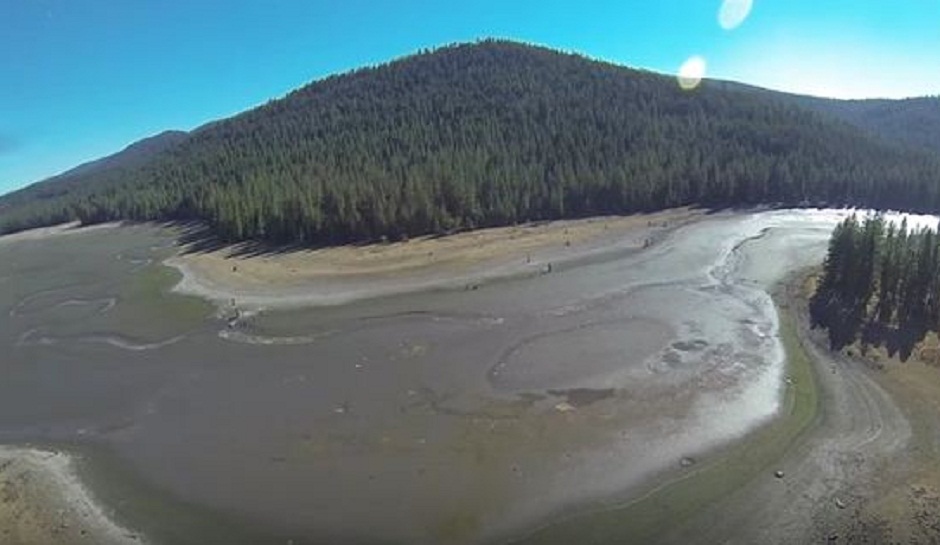Local residents are not so sure.
The reservoir, the upper-most storage facility in PG&E's Feather River hydroelectric system, has been operating at below the minimum requirements since August, said Ron Lunder, chairman of the Mountain Meadows Conservancy, a Westwood-based nonprofit organization.
What little water remained on the morning of Sept. 13 is gone. Along with leaving large-mouth bass and other non-native fish belly up, a swift drawdown dumped silt and rotting fish into Hamilton Branch, a stream that connects Mountain Meadows reservoir with Lake Almanor."Something went haywire," said Aaron Seandel, chairman of a water quality committee that has been monitoring the water levels in Lake Almanor for 25 years.
PG&E spokesman Paul Moreno said an outlet valve at the dam has been continuously clogged, requiring maintenance as often as twice a day to release water downstream through Hamilton Branch to Lake Almanor. Company officials consulted with "the relevant agencies" and decided not to stop further flows out of the dam, he said. "It's a very flat, very shallow reservoir. At some point it was going to go dry," he said.
Mountain Meadows Reservoir has been drained in the past, Seandel said. But the water committee would liked to have known in time to install sampling equipment to monitor the effects of the reservoir outflow on tributaries to Lake Almanor and the lake itself.
While PG&E communicates regularly with the Almanor and Bucks Lake communities over water levels, it has no community agreements over Mountain Meadows, Moreno said.
Lunder cited requirements established in 1989 to challenge PG&E's operations through the spring and summer. "It was obvious early on they were going for broke" and continued releasing water instead of halting outflows when water levels dropped to the minimum, he said.
The utilities company reduced outflows in March to the minimum allowed and has used no Mountains Meadows water for power generation, Moreno said. He blamed the now muddy 5,800-acre expanse on low to no inflows from the handful of streams that feed Mountain Meadows, and on an August heat wave.
None of the reservoir's fish are listed as species of concern to state or federal wildlife agencies. A meeting to discuss the situation, convened by the Mountain Meadows Conservancy, is scheduled at 6 p.m. Friday at the Westwood Community Center.




Comment: Faulty equipment, decisions to not stop outflows, no attention to minimums...a confluence of causes. In an overly challenged state, due to high temperatures, drought, massive and unfathomable numbers of wild fires, every source of water becomes supremely important. The loss of even one is critical.